USA Road Trip: Old Country Store, Kewanee, Mississippi
 Thursday, January 27, 2022 at 6:31PM
Thursday, January 27, 2022 at 6:31PM 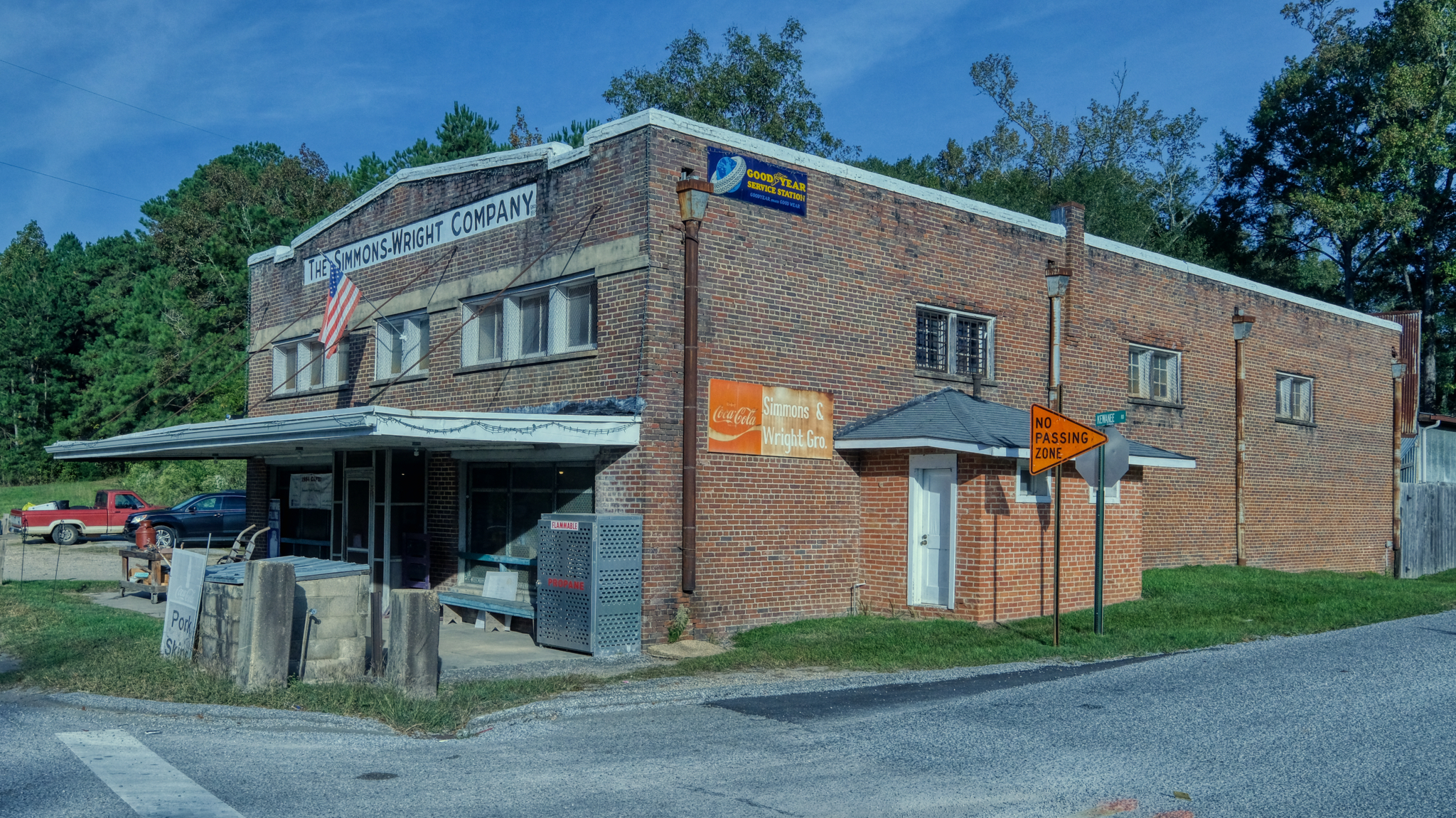 Just travelling along the highway from Leesville, Louisiana to Selma, Alabama, via Natchez, all the way across Mississippi with my friend Bud riding along, we pulled off on a side road to seek refreshment and saw this gem from an older America: The Simmons-Wright Company store.
Just travelling along the highway from Leesville, Louisiana to Selma, Alabama, via Natchez, all the way across Mississippi with my friend Bud riding along, we pulled off on a side road to seek refreshment and saw this gem from an older America: The Simmons-Wright Company store.
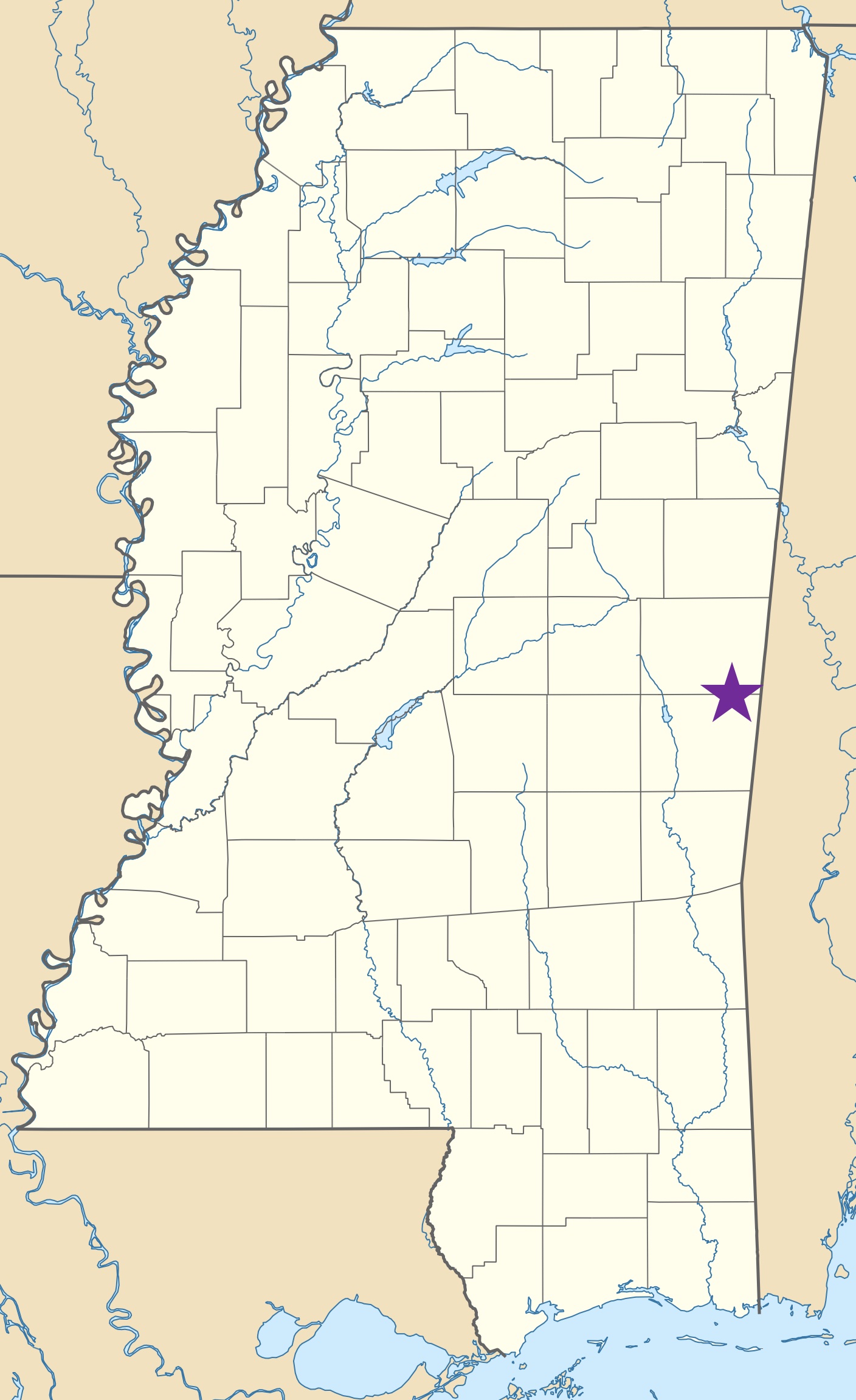 Only a mile or two before the Mississippi - Alabama state line.
Only a mile or two before the Mississippi - Alabama state line.
 The Simmons-Wright Company is a historic general store established in 1884 in Kewanee, Mississippi, a small town just outside Meridian in Lauderdale County. The building was listed on the National Register of Historic Places in 2008. It looked inviting, so we walked right in.
The Simmons-Wright Company is a historic general store established in 1884 in Kewanee, Mississippi, a small town just outside Meridian in Lauderdale County. The building was listed on the National Register of Historic Places in 2008. It looked inviting, so we walked right in.
 A peek through the dusty window before we entered foreshadowed the delights within!
A peek through the dusty window before we entered foreshadowed the delights within!
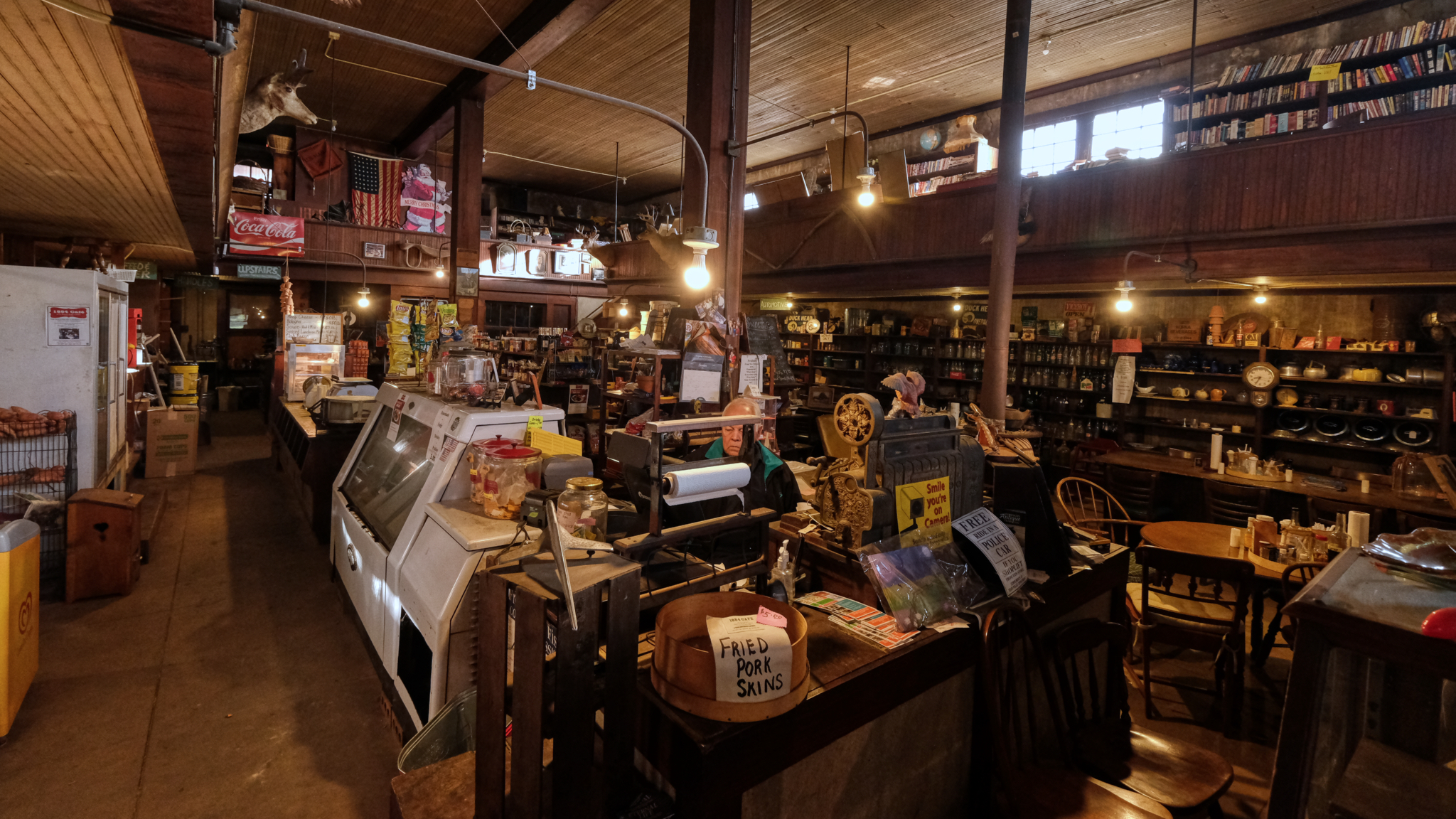 OMG! We walked in to find this time capsule of another era; the general store. I am old enough to remember these kinds of stores from my childhood living in The South, but never imagined one would have survived, intact from that time.
OMG! We walked in to find this time capsule of another era; the general store. I am old enough to remember these kinds of stores from my childhood living in The South, but never imagined one would have survived, intact from that time.
 All original store fittings, shelves, coolers . . . .
All original store fittings, shelves, coolers . . . .
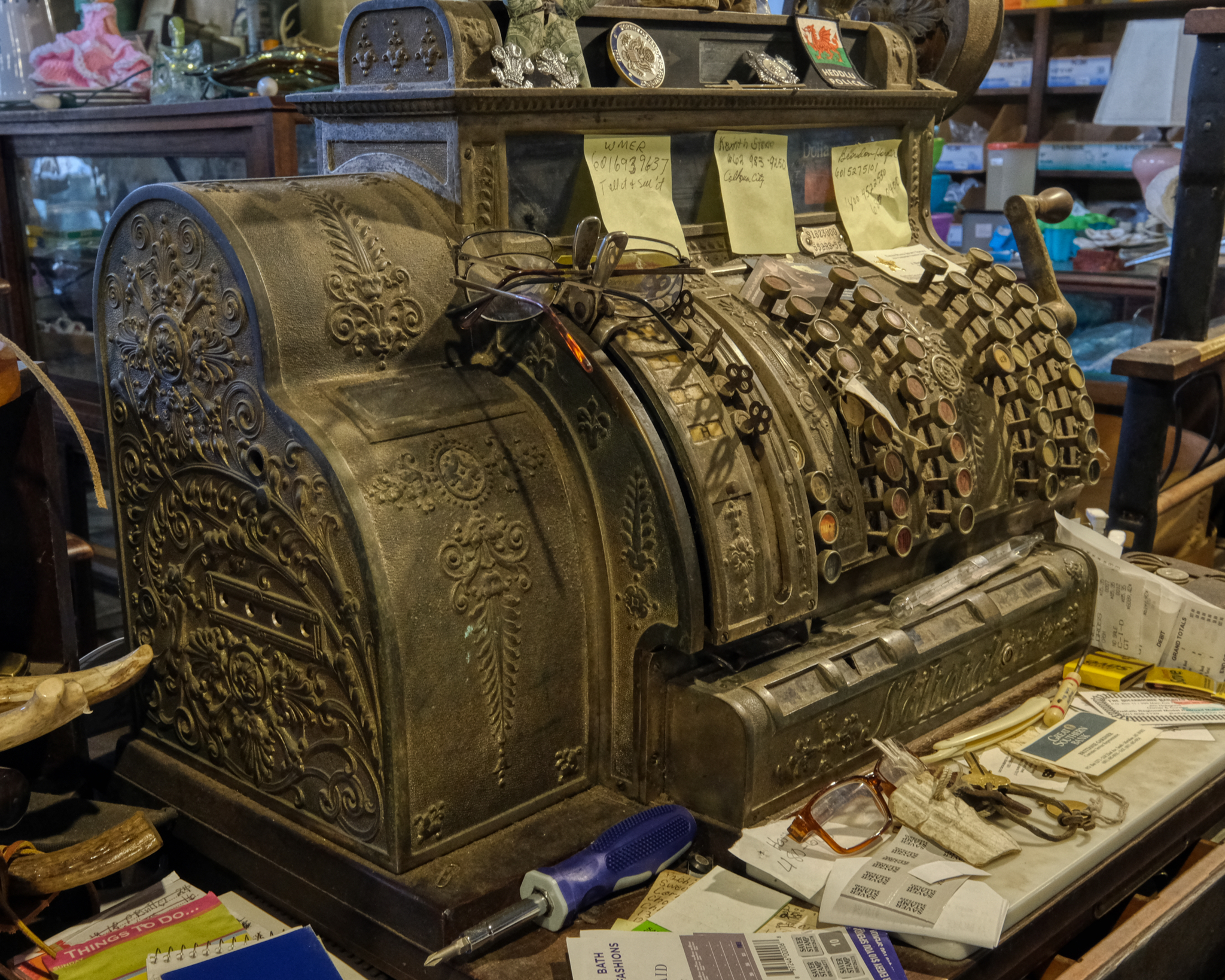 . . . there was even the 'origional' cash register. Amazing.
. . . there was even the 'origional' cash register. Amazing.
 The cash register was a masterful work of art from a bygone era. The mess around the store must have made it feel like a comfortable old shoe to the old man sitting behind the counter. He kept a good eye on us as we wondered around.
The cash register was a masterful work of art from a bygone era. The mess around the store must have made it feel like a comfortable old shoe to the old man sitting behind the counter. He kept a good eye on us as we wondered around.
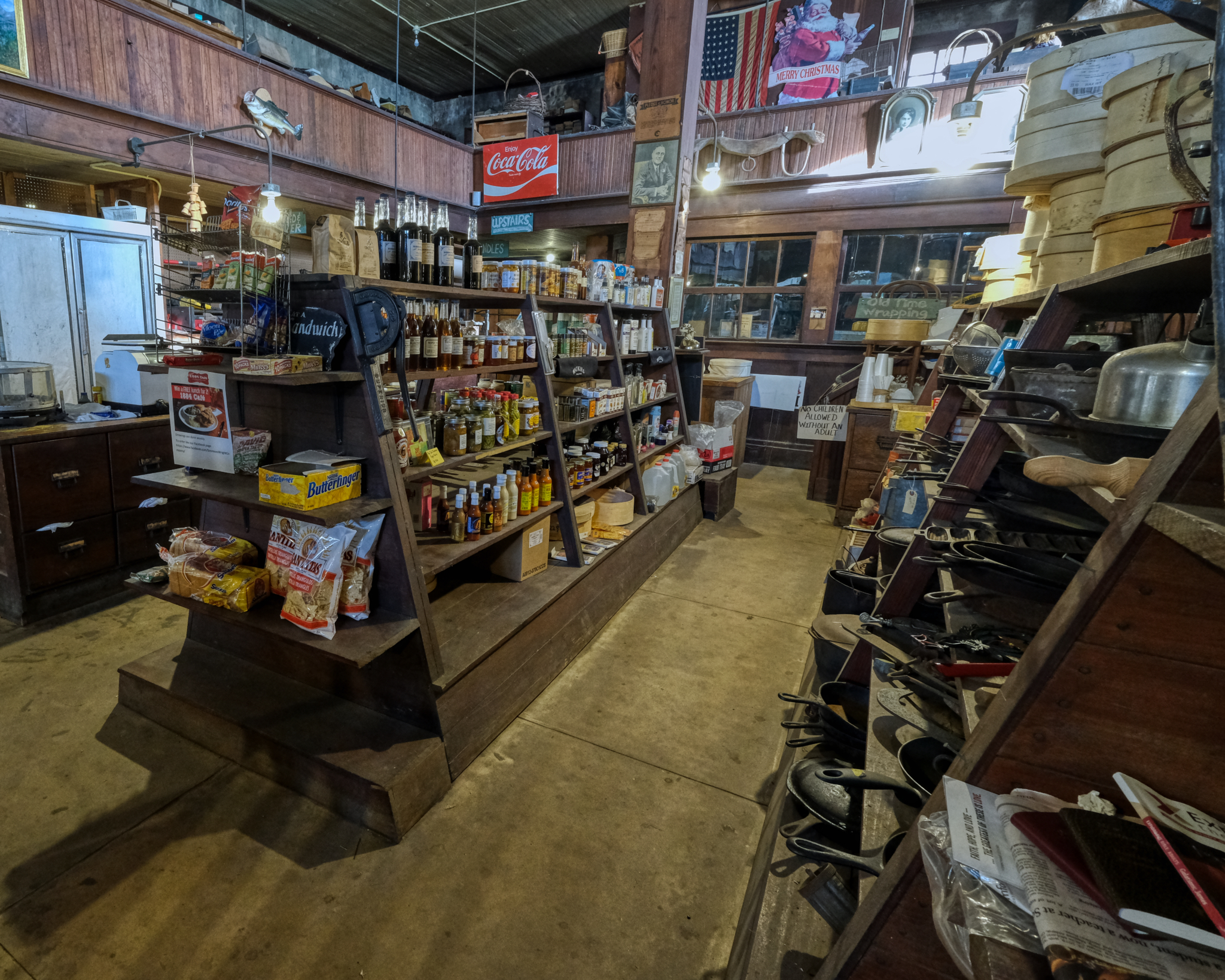 A little bit of everything a person might want to stop in and get on the way home from the mill job. I love the hand made "No Children Allowed Without An Adult" sign.
A little bit of everything a person might want to stop in and get on the way home from the mill job. I love the hand made "No Children Allowed Without An Adult" sign.
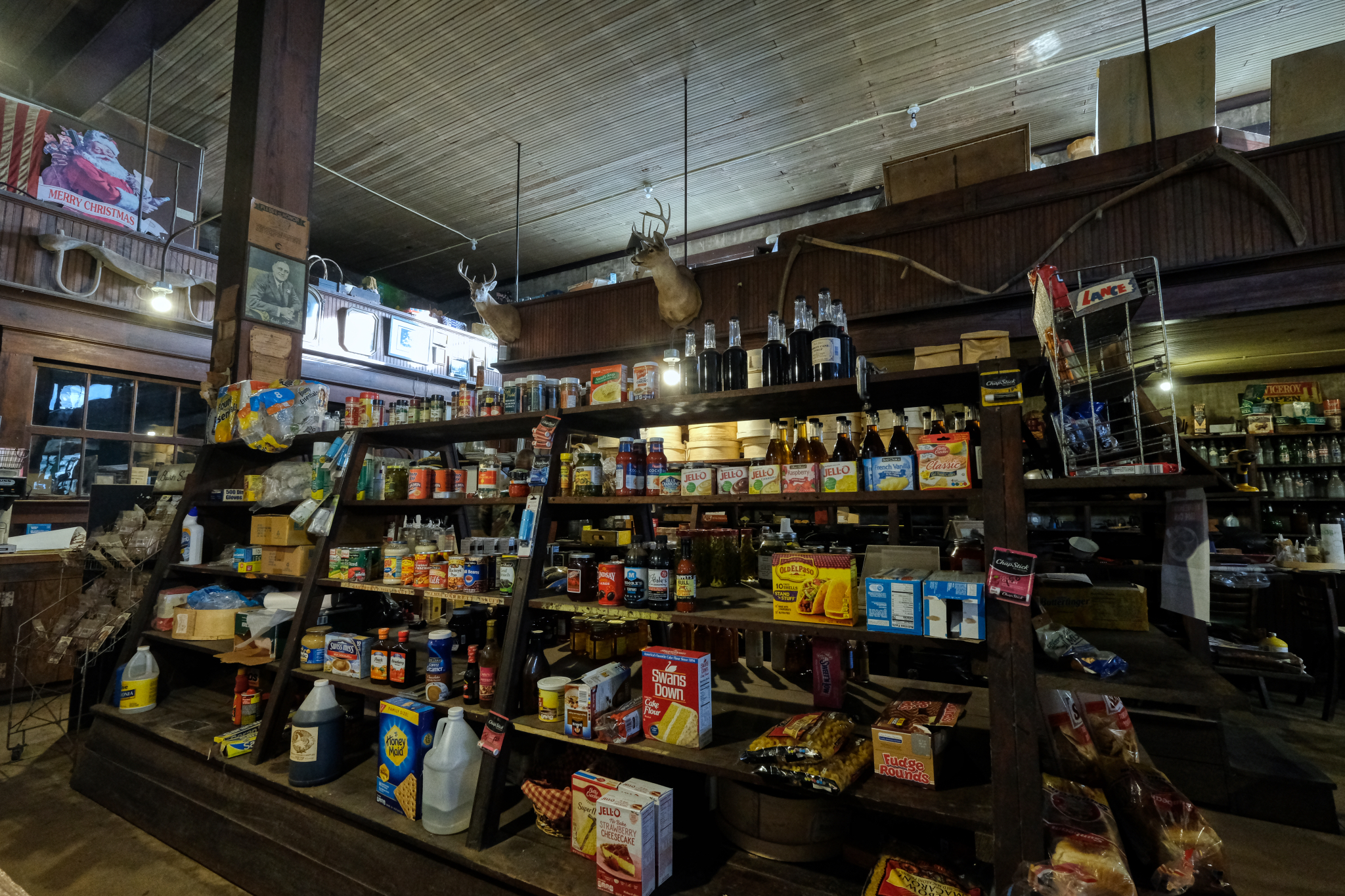 No computerized stock control here, no bar code scanning or shelf space earning ratios. You have to know your customers tastes. The array of food choices on offer speaks to the local cultural preferences.
No computerized stock control here, no bar code scanning or shelf space earning ratios. You have to know your customers tastes. The array of food choices on offer speaks to the local cultural preferences.
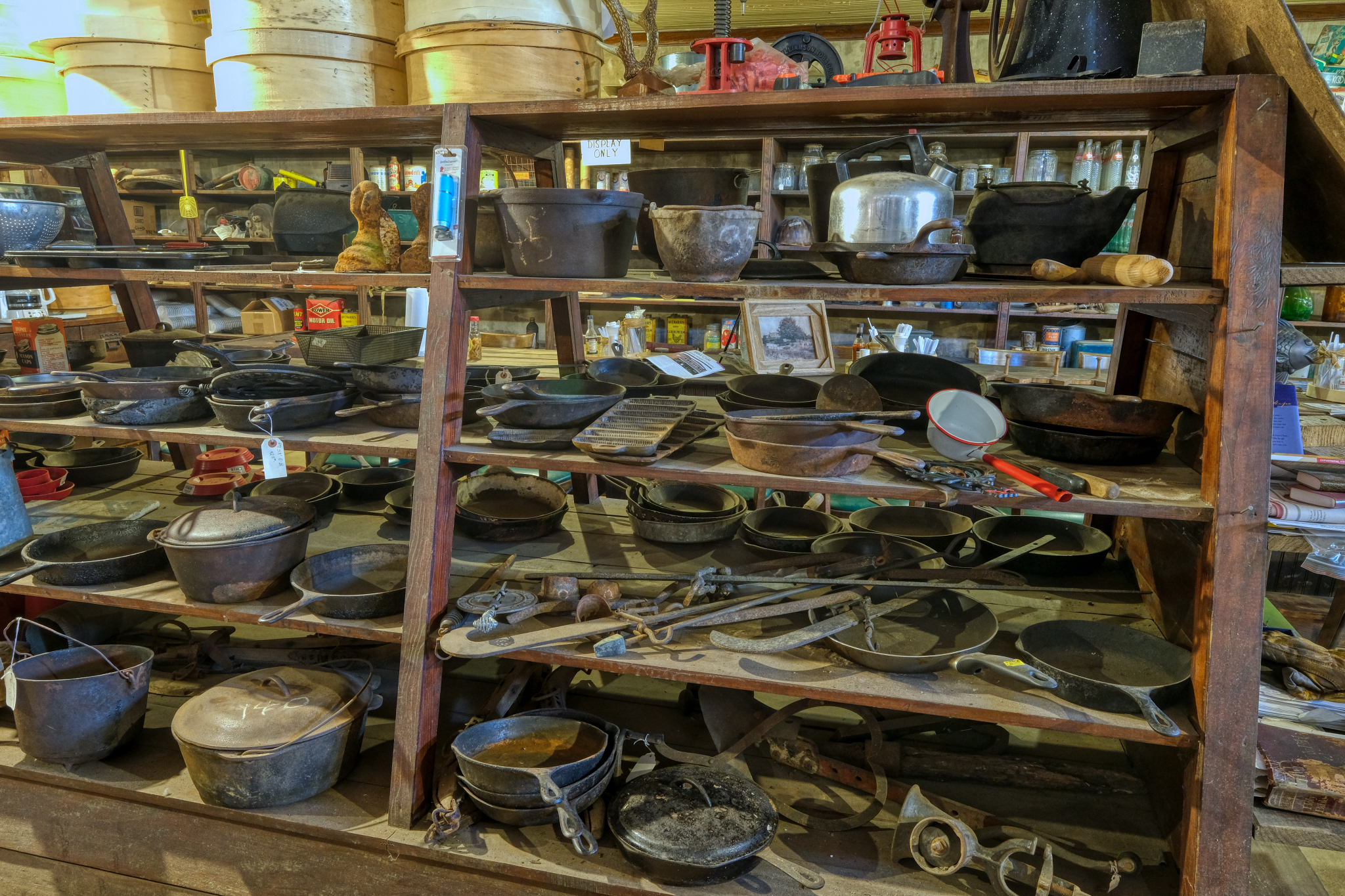 The dry goods isle was half merchandise and half museum display.
The dry goods isle was half merchandise and half museum display.
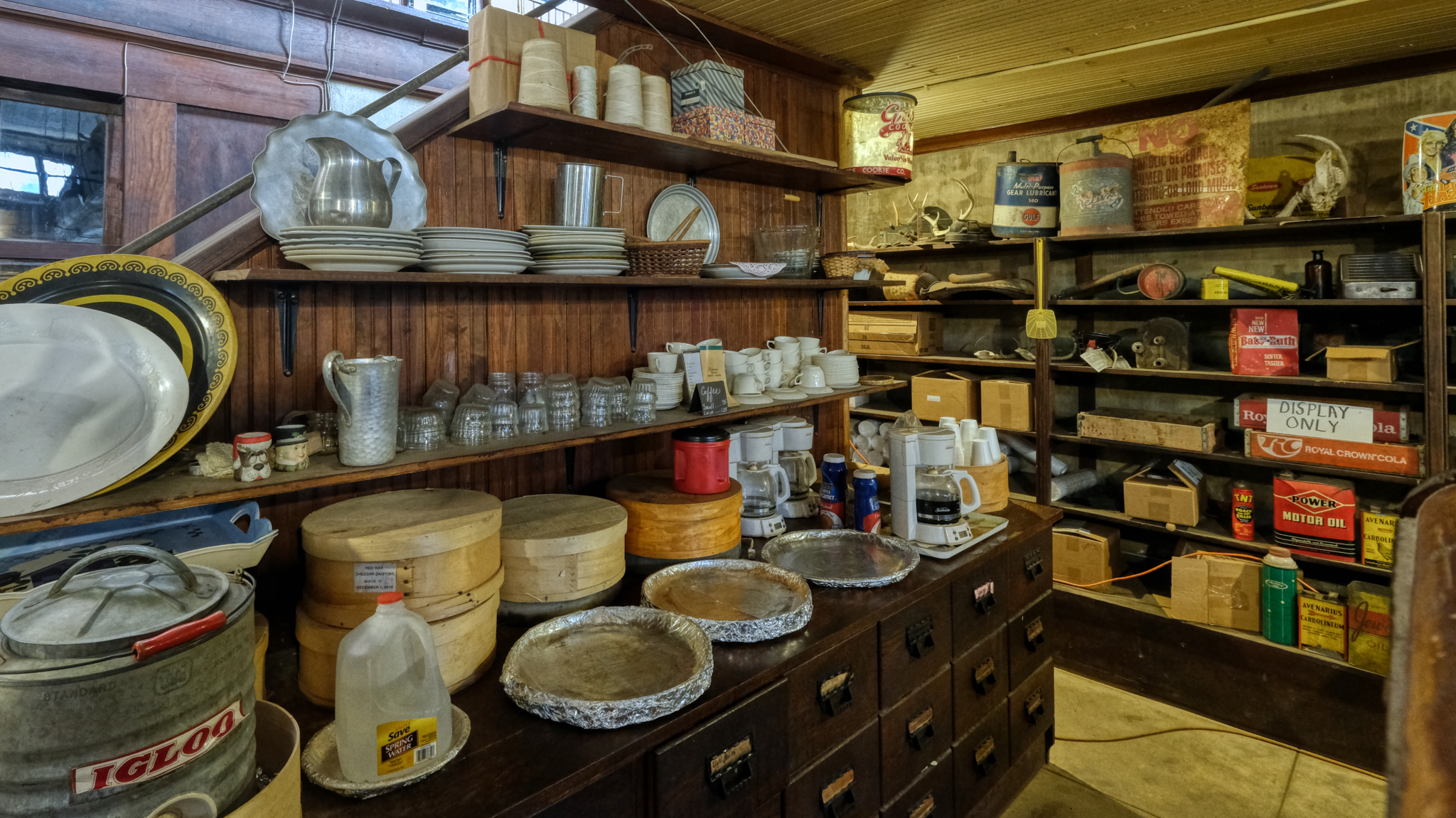 There was a small "kitchen" area in the back. Coffee, but it looked like we were either too late or too early for the cakes that go on the foil-covered trays.
There was a small "kitchen" area in the back. Coffee, but it looked like we were either too late or too early for the cakes that go on the foil-covered trays.
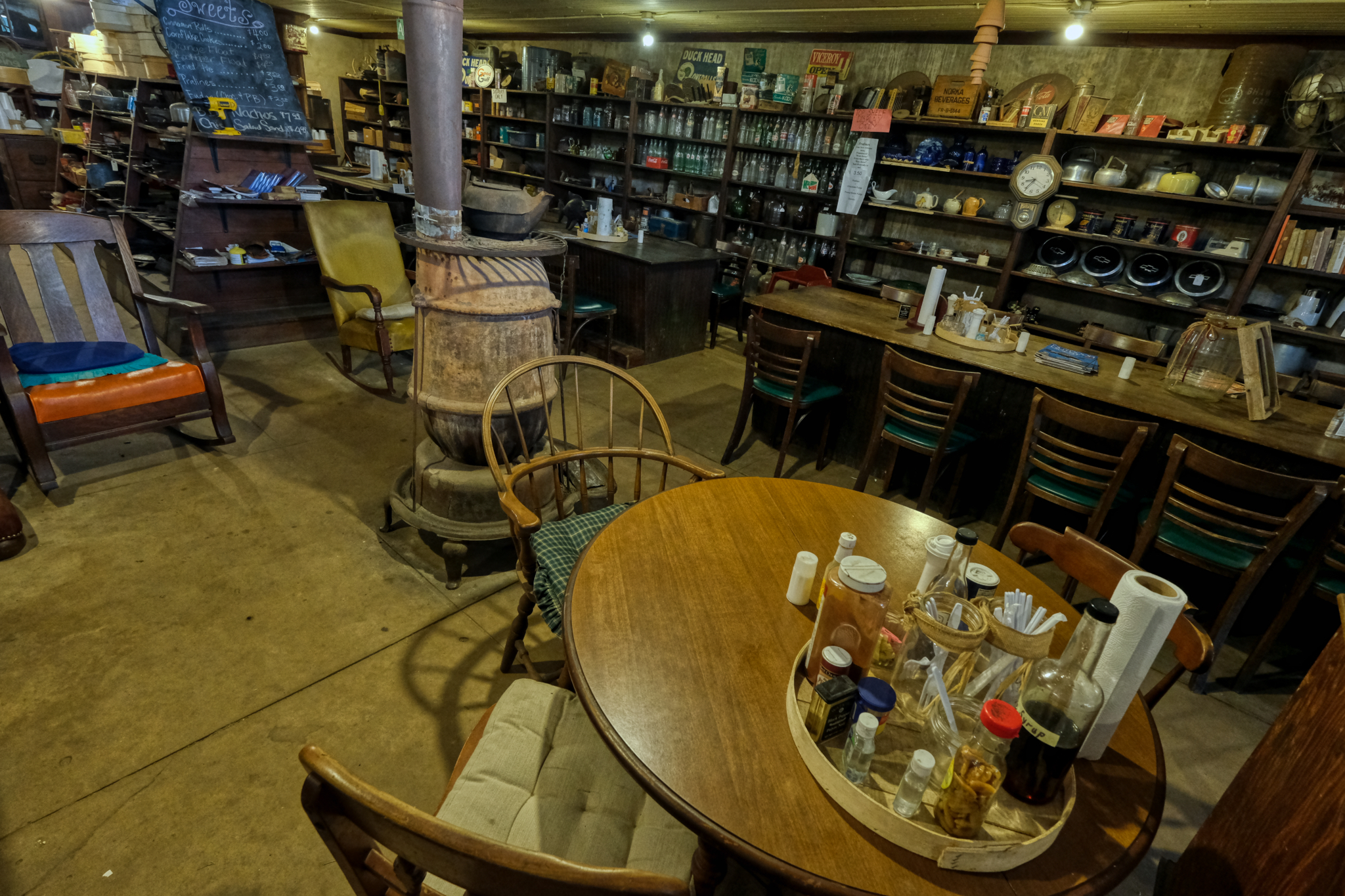 An inviting pot belly stove surrounded by the "eating area." I wondered if these seats filled up in the afternoon and evening with regulars who stop in to chat and for beer and snacks.
An inviting pot belly stove surrounded by the "eating area." I wondered if these seats filled up in the afternoon and evening with regulars who stop in to chat and for beer and snacks.
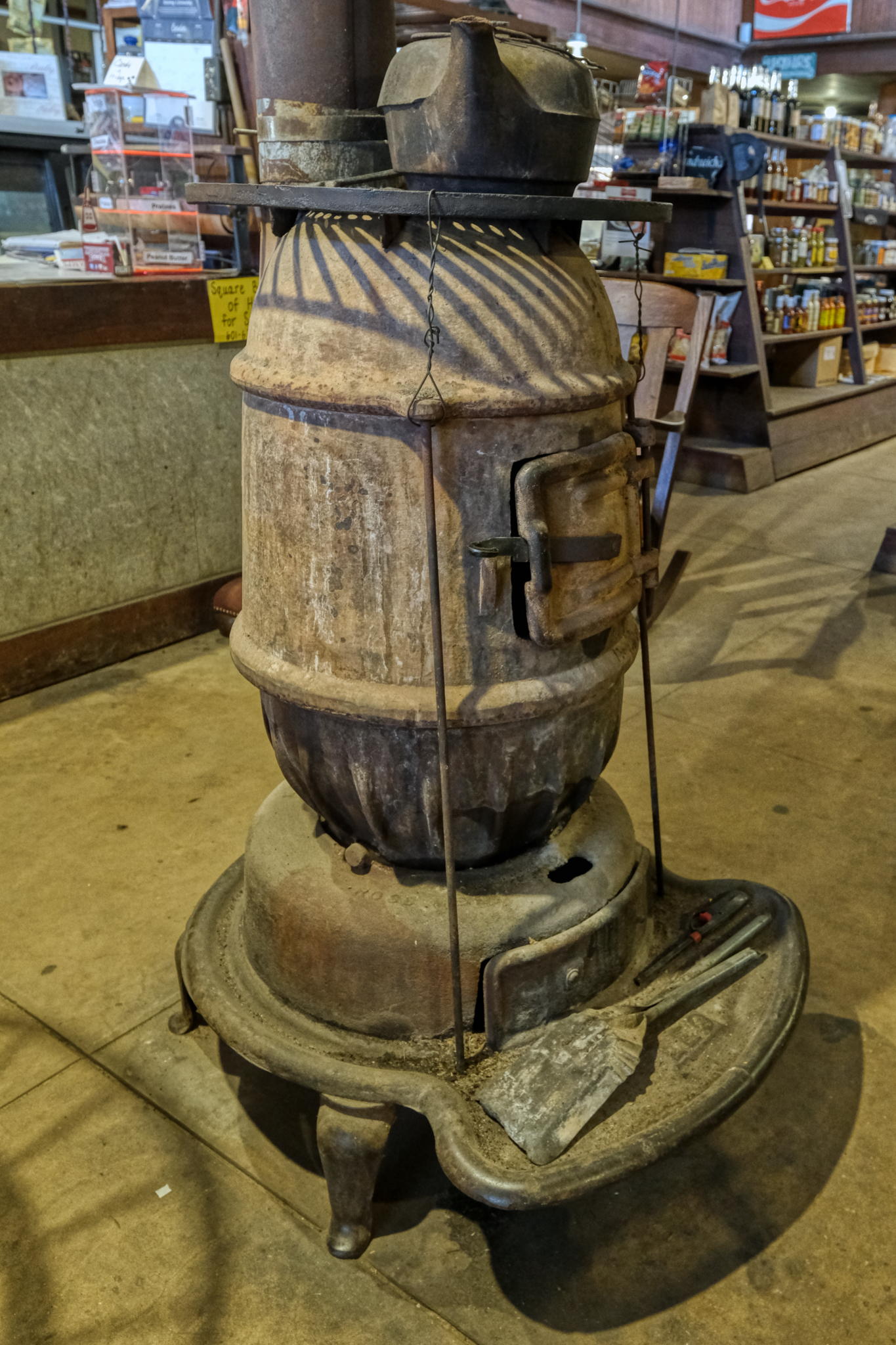 The pot belly stove was a work of art made of the patina of the passage of time.
The pot belly stove was a work of art made of the patina of the passage of time.
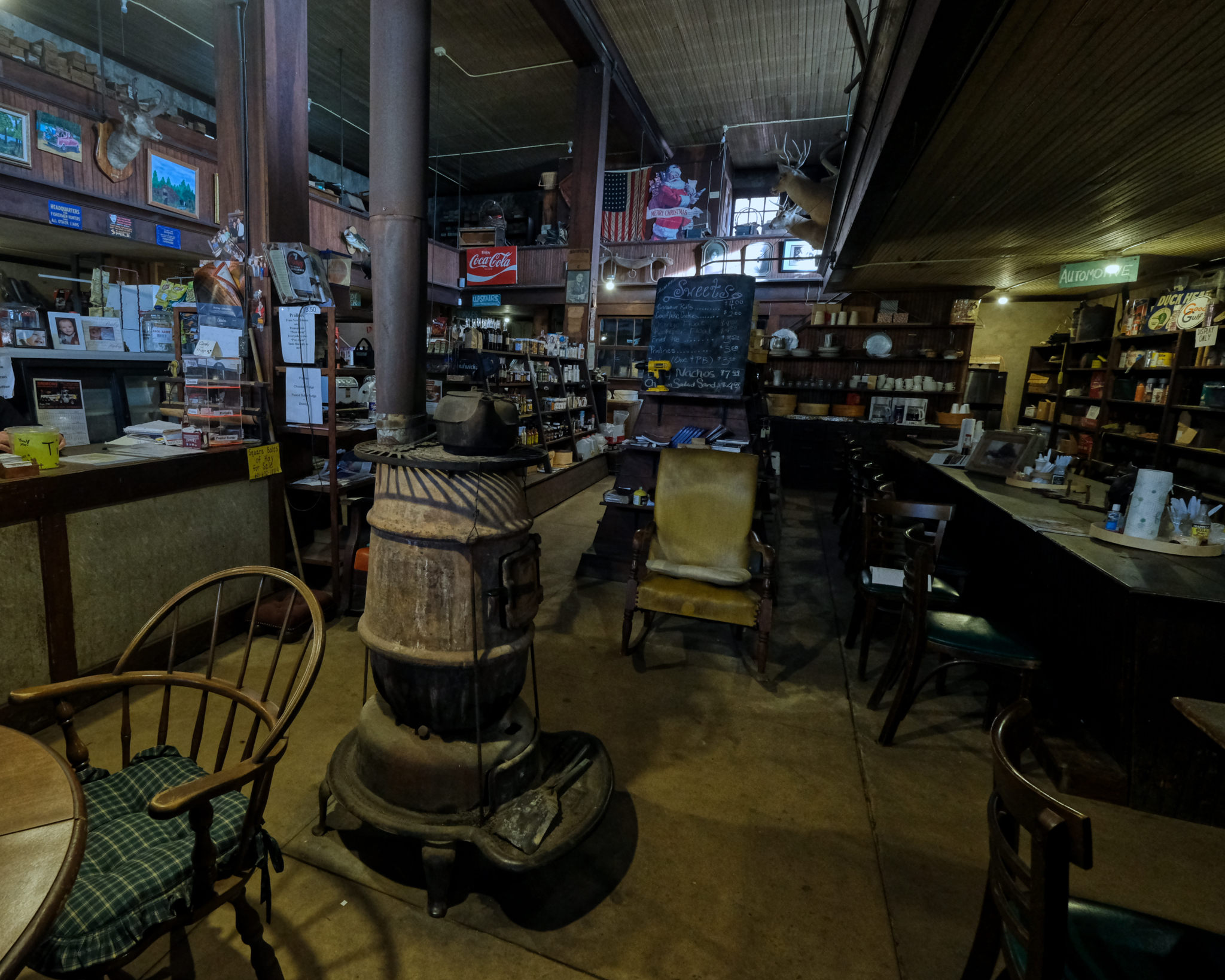 The pot belly stove stood in a place of prominence . . . in the center. It looked like it has been used right up into the present. It was early October, but not yet chilly in eastern Mississippi, so it had not been stoked on this day.
The pot belly stove stood in a place of prominence . . . in the center. It looked like it has been used right up into the present. It was early October, but not yet chilly in eastern Mississippi, so it had not been stoked on this day.
 The long side wall was was reserved for the "display only" shelving.
The long side wall was was reserved for the "display only" shelving.
 I walked around the old store in big loops taking photos and being stunned by the disheveled beauty of this space.
I walked around the old store in big loops taking photos and being stunned by the disheveled beauty of this space.
 I hadn't seen or heard him enter, but at some point an old African American man came in and made himself at home. He and the proprietor exchanged some friendly conversation in low, almost silent tones.
I hadn't seen or heard him enter, but at some point an old African American man came in and made himself at home. He and the proprietor exchanged some friendly conversation in low, almost silent tones.
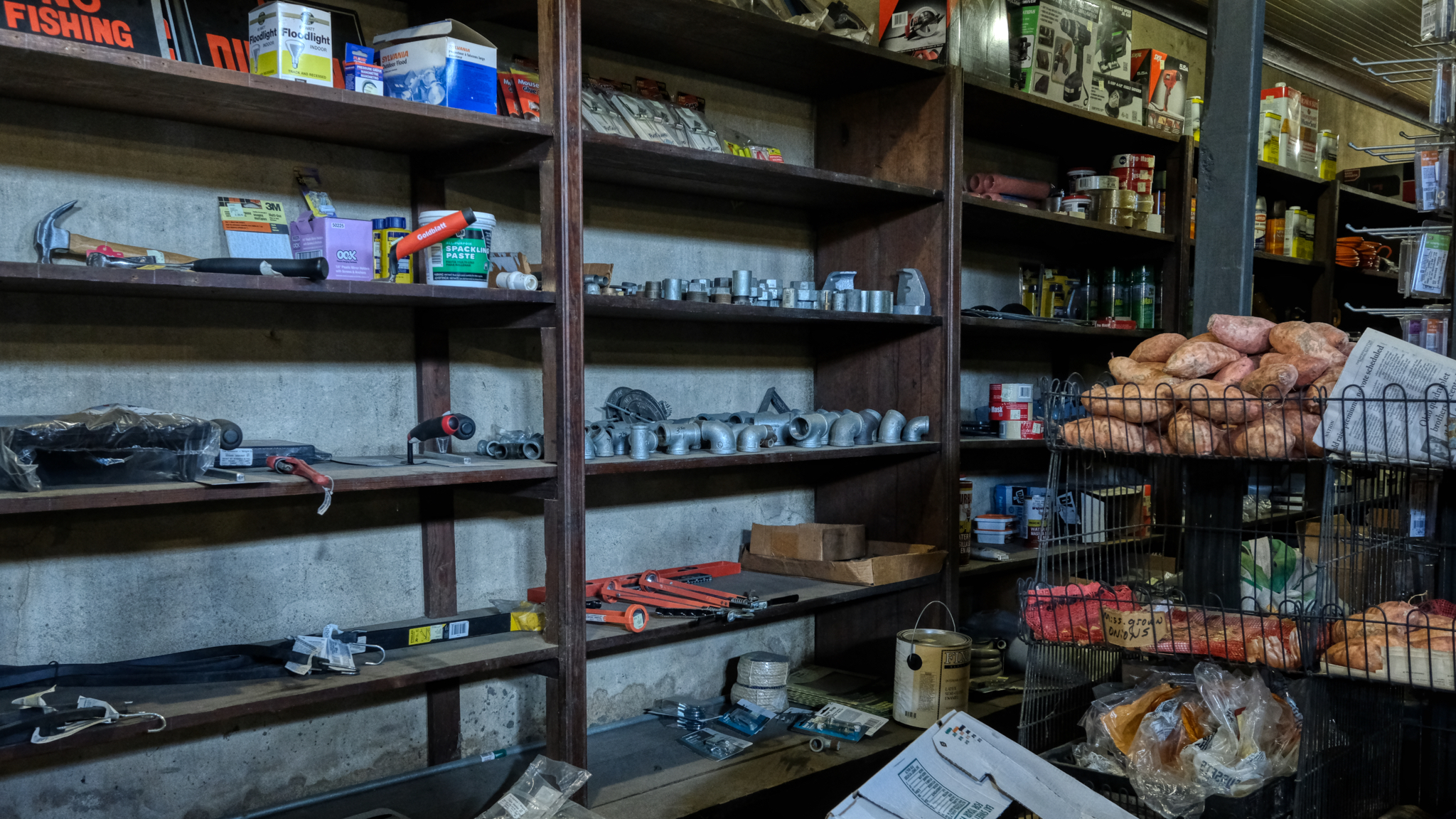 An "array of mixed plumbing supplies" and sweet potatoes.
An "array of mixed plumbing supplies" and sweet potatoes.
 "May I take some photos out back," I asked. "Go right ahead," he replied as he pointed to this door next to the nail bins.
"May I take some photos out back," I asked. "Go right ahead," he replied as he pointed to this door next to the nail bins.
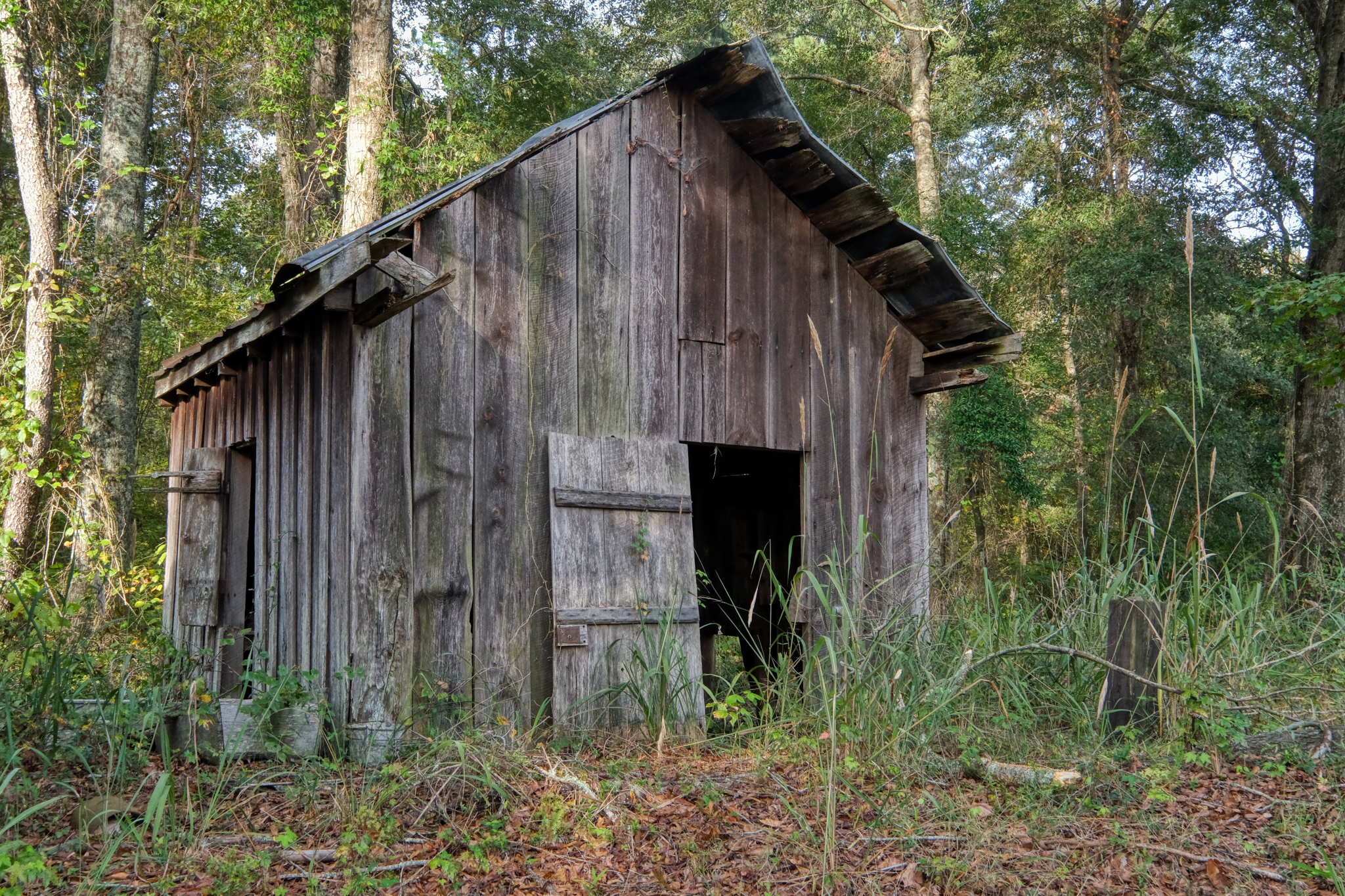 Nice. A fine old, weathered back yard shed.
Nice. A fine old, weathered back yard shed.
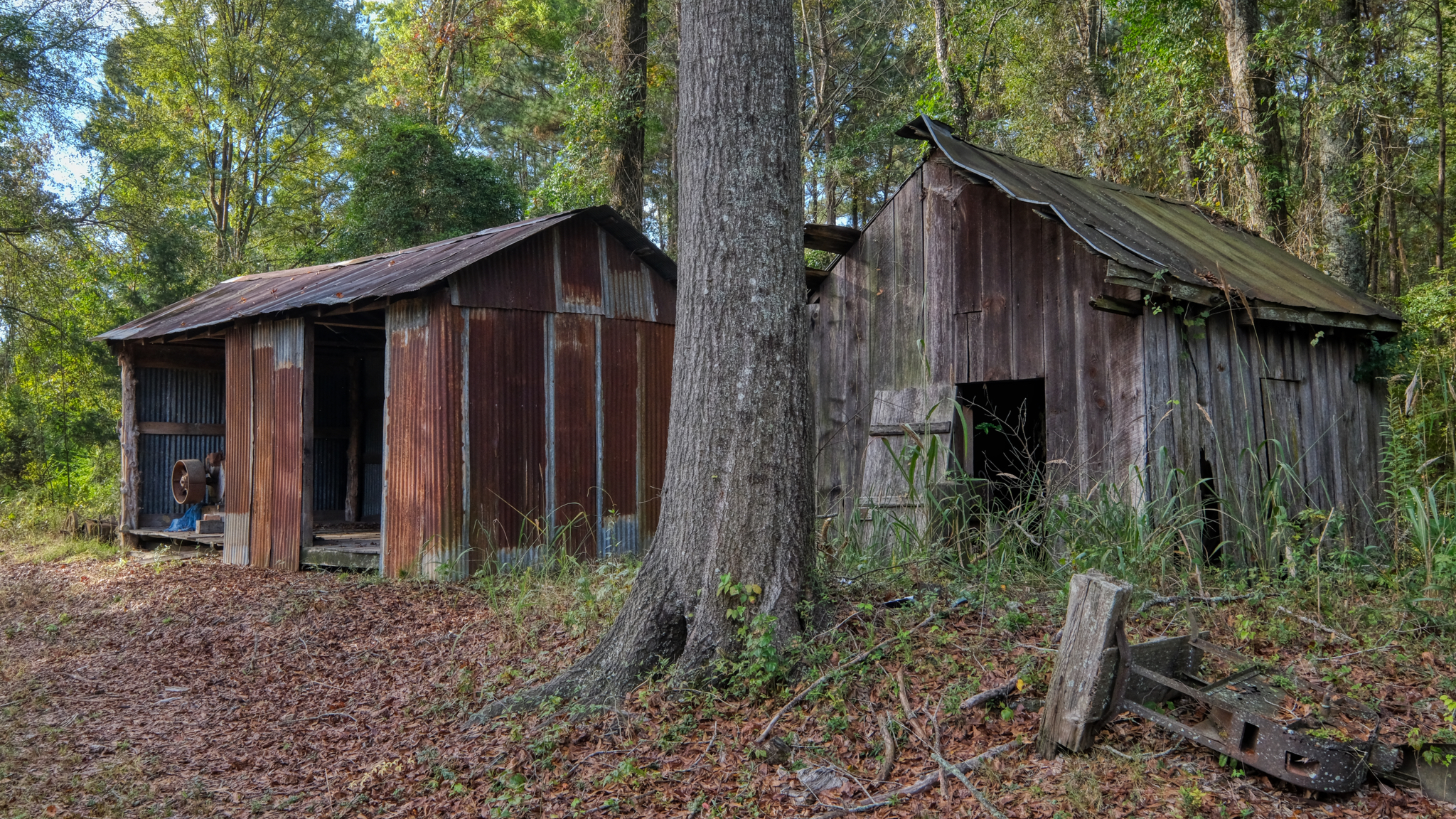 I love old rusted corrugation . . . I live for dilapidation and rusted corrugation . . .
I love old rusted corrugation . . . I live for dilapidation and rusted corrugation . . .
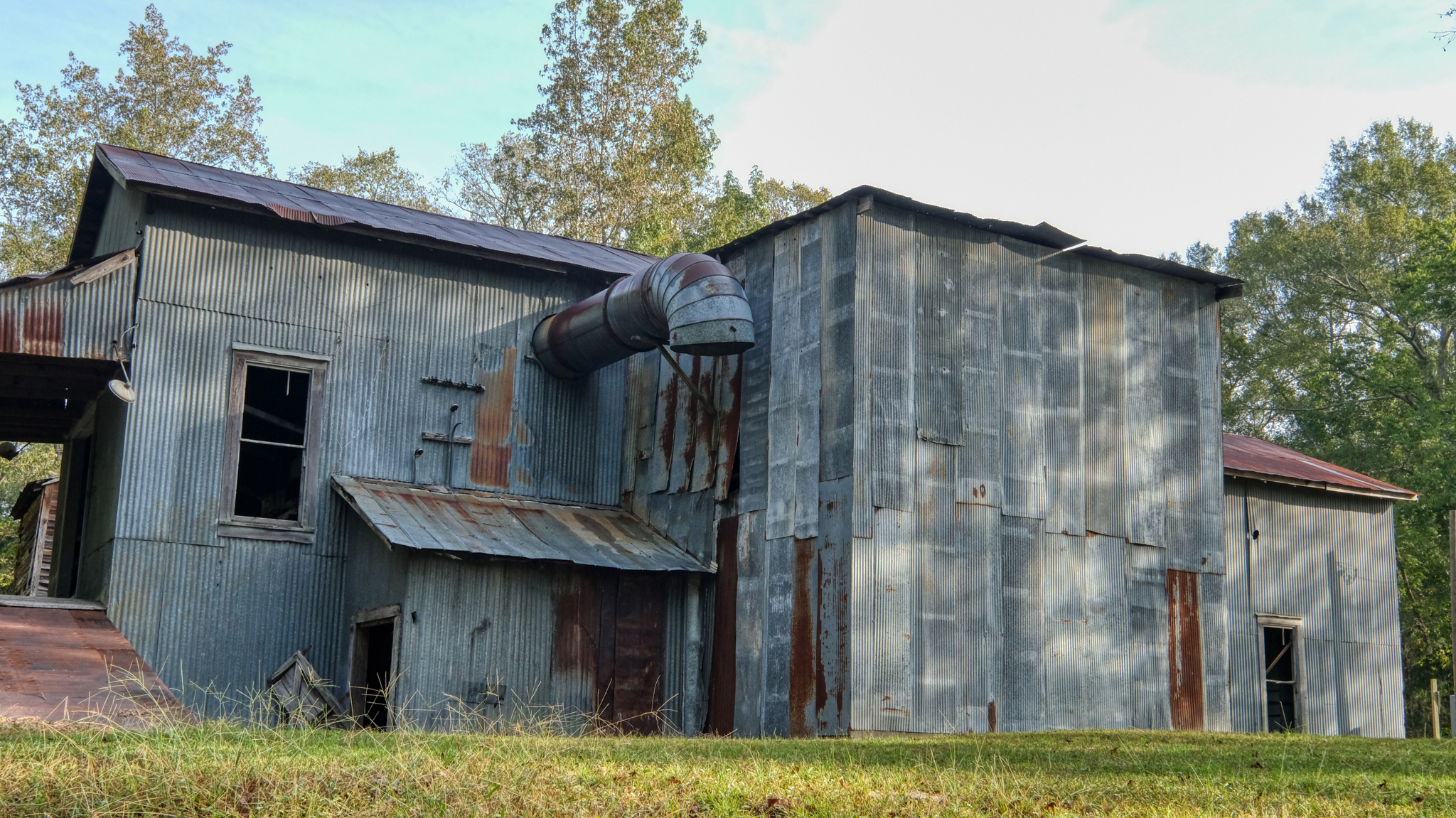 There was also an old "mill" of some kind behind the store. I decided to snoop around a little. An absolutely gorgeous corrugated building.
There was also an old "mill" of some kind behind the store. I decided to snoop around a little. An absolutely gorgeous corrugated building.
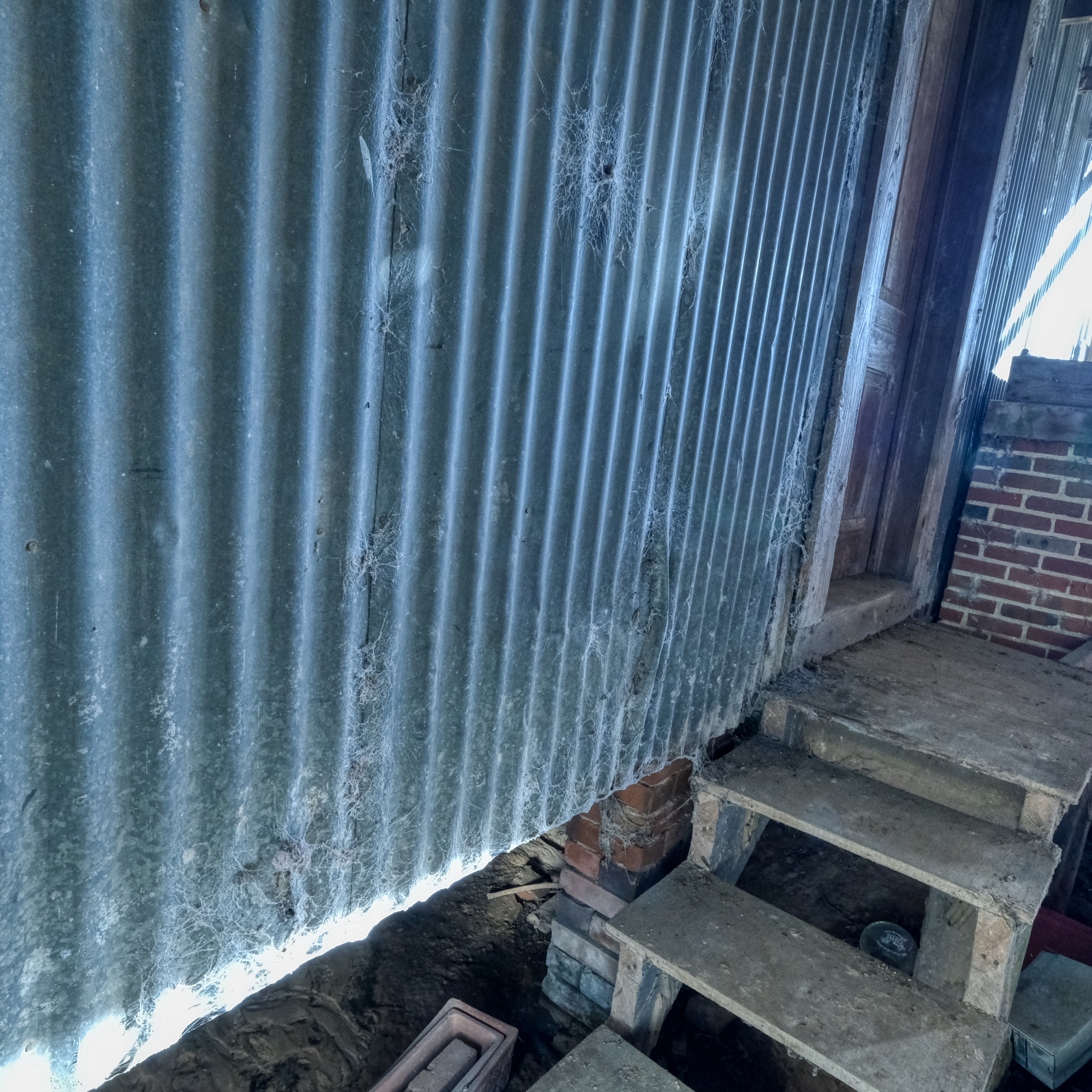 This door to the mill was locked . . . but what a photo!
This door to the mill was locked . . . but what a photo!
 This door was locked from the inside.
This door was locked from the inside.
 This image! The things in this photo were made, manufactured, built, and assembled by somebody working somewhere at some real time and place in the past. That cart was made for the purpose of moving around more than one man can hold at once. It is also a tool of work . . . it was the focus of labor for some person as a part of their paid employment, day after day.
This image! The things in this photo were made, manufactured, built, and assembled by somebody working somewhere at some real time and place in the past. That cart was made for the purpose of moving around more than one man can hold at once. It is also a tool of work . . . it was the focus of labor for some person as a part of their paid employment, day after day.
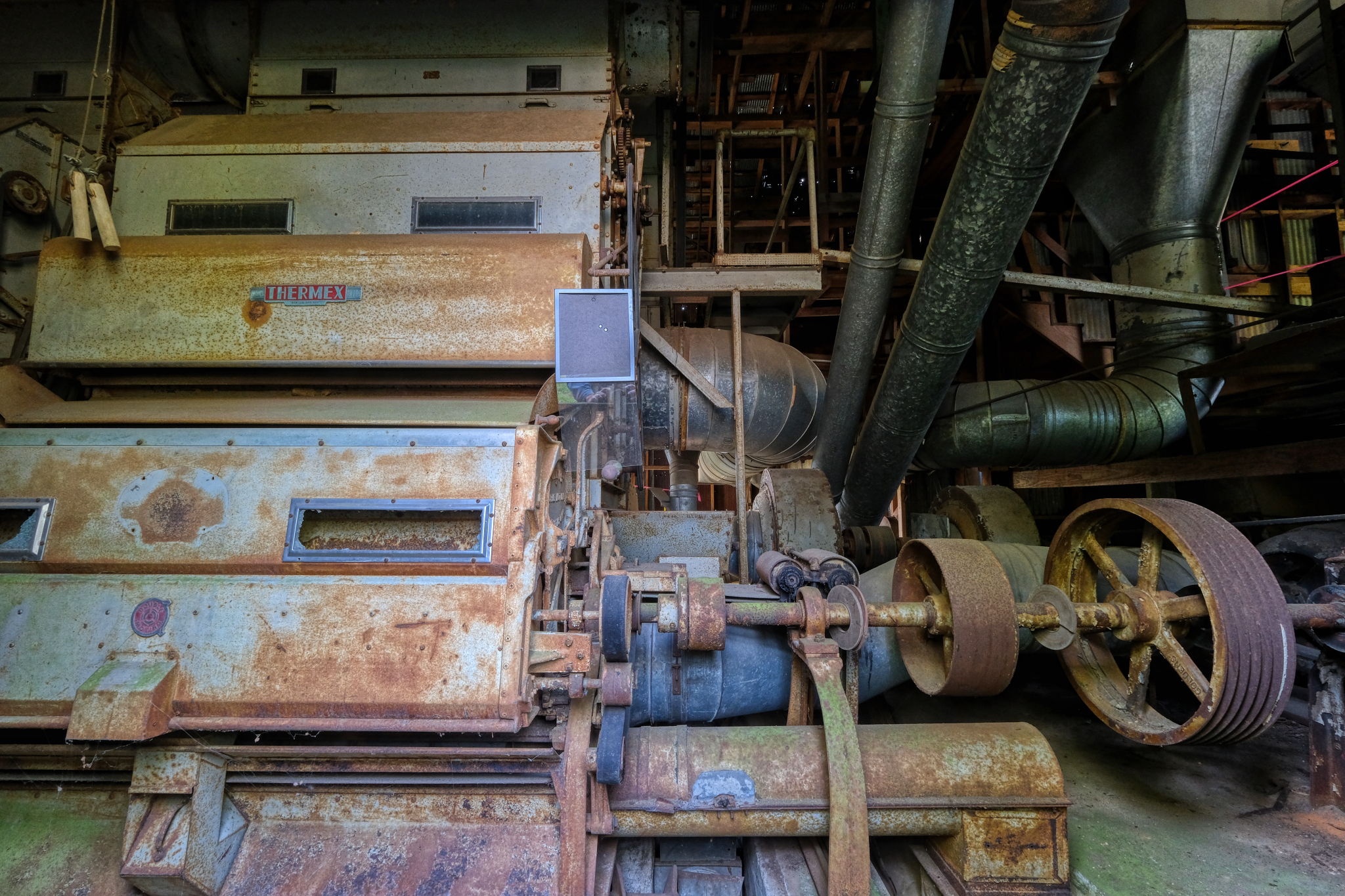 At last I found a large opened door on the side of the mill. This machinery was inside . . . I snooped around more inside, but for the life of me, I could not figure out what this machinery was used for. I even did a Google search . . . my guess was that it was a corn grinding operation at some time in the past.
At last I found a large opened door on the side of the mill. This machinery was inside . . . I snooped around more inside, but for the life of me, I could not figure out what this machinery was used for. I even did a Google search . . . my guess was that it was a corn grinding operation at some time in the past.
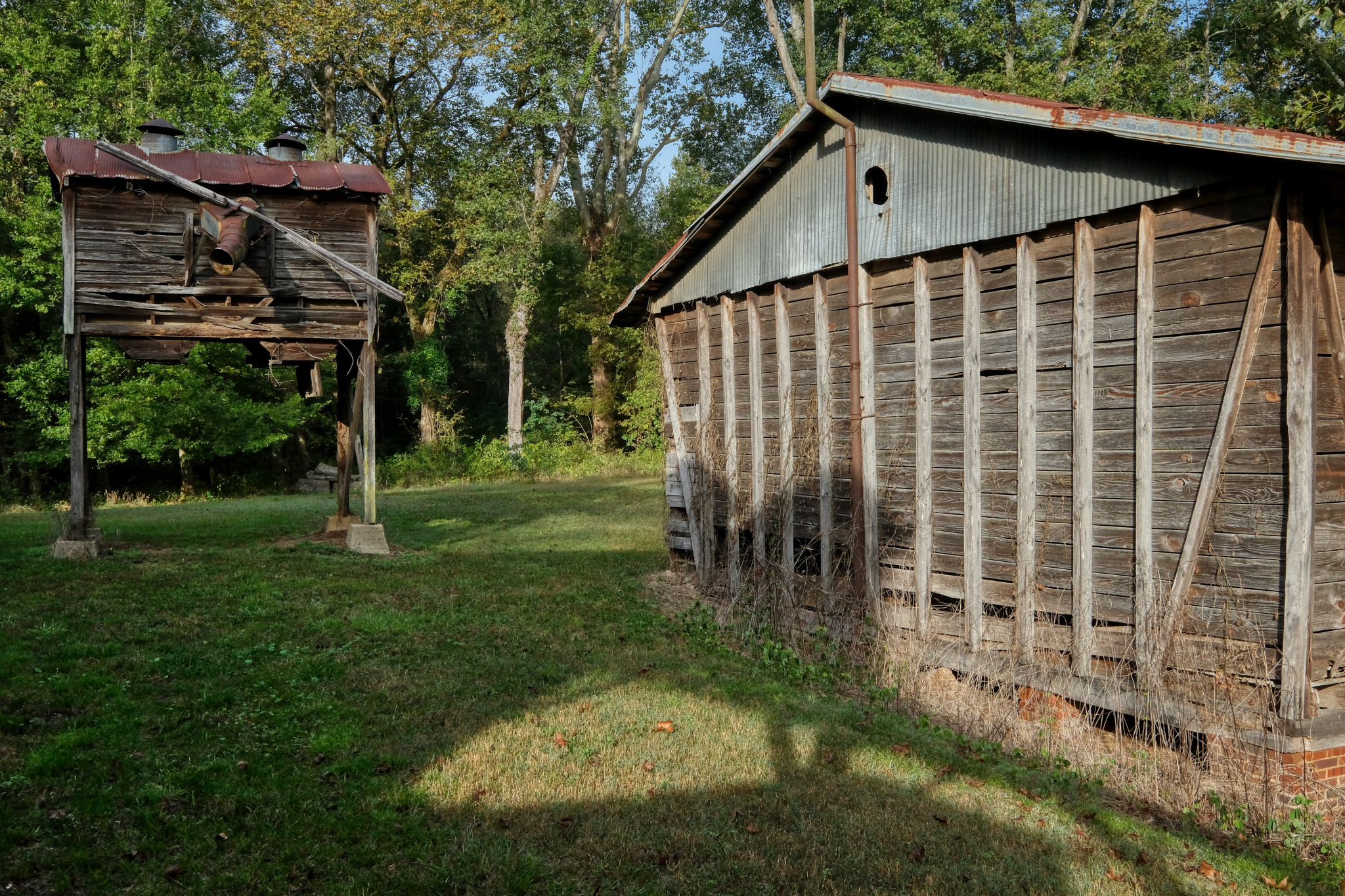 These structures next to the mill were hints as to the purpose of the mill. One looks like a 'corn crib,' but I am not sure.
These structures next to the mill were hints as to the purpose of the mill. One looks like a 'corn crib,' but I am not sure.
 Was ground corn meal blown up into this hopper for loading into trucks or barrels? I don't know, but I loved the aged patina of the weathered wood . . .
Was ground corn meal blown up into this hopper for loading into trucks or barrels? I don't know, but I loved the aged patina of the weathered wood . . .
 The sun broke through a thin cloud cover and the light became wonderful.
The sun broke through a thin cloud cover and the light became wonderful.
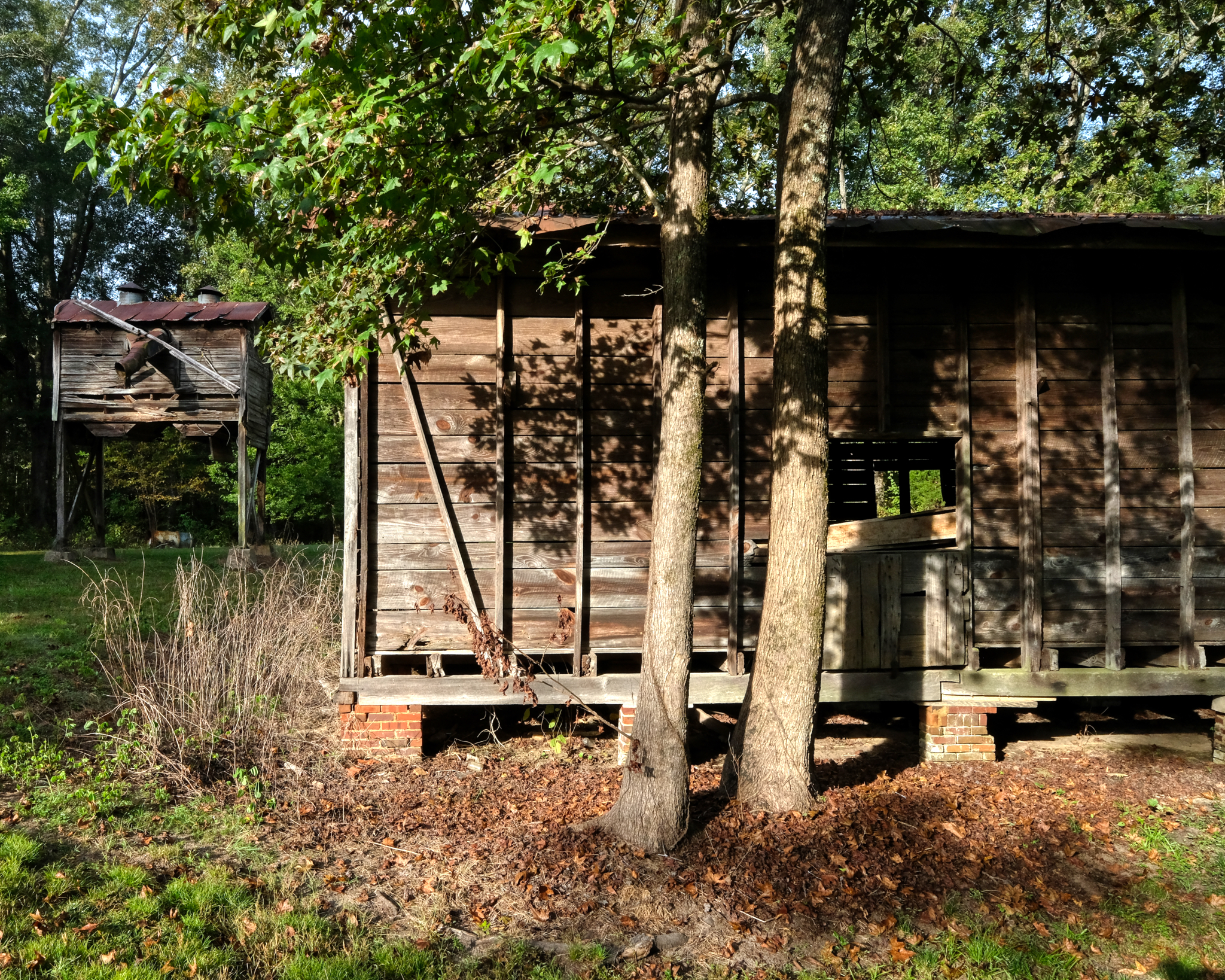 Perhaps rooms for the hired seasonal mill workers?
Perhaps rooms for the hired seasonal mill workers?
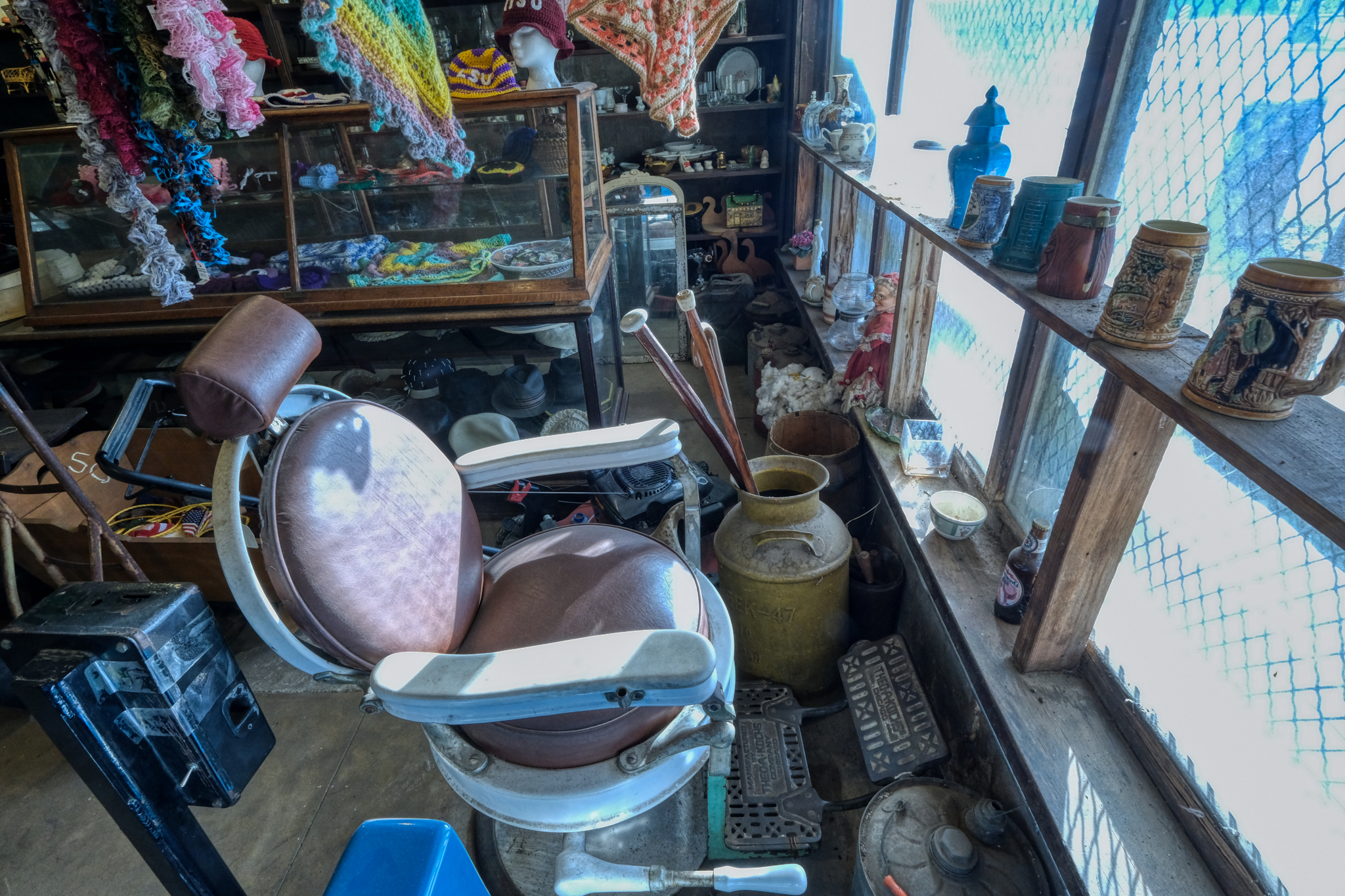 I hadn't noticed this barber chair on the way in . . . but . . . I could have spent all day in that old country store and its outbuildings . . . but Bud and I had to hit the road. We were heading for a place of great historical significance; Selma, Alabama, a place I have always wanted to make a pilgrimage.
I hadn't noticed this barber chair on the way in . . . but . . . I could have spent all day in that old country store and its outbuildings . . . but Bud and I had to hit the road. We were heading for a place of great historical significance; Selma, Alabama, a place I have always wanted to make a pilgrimage.
Reader Comments